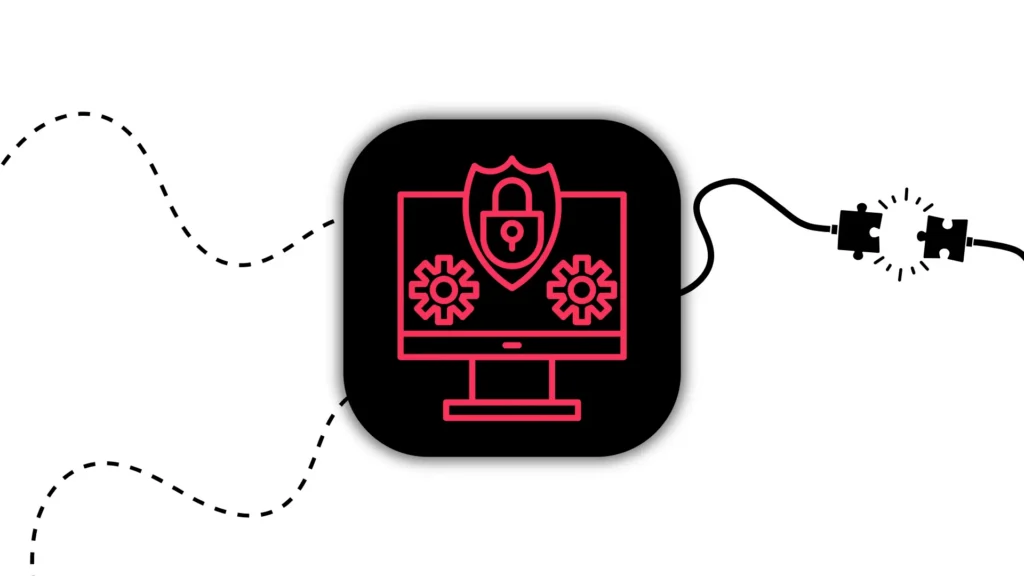As we scoot into the next digital revolution, many businesses are trying to keep up with the changes taking place. Very few lead the way, carving a fresh path for the rest of us. Another bunch adapts fast and gets an upper hand. For many businesses, yet, implementing a successful digital transformation is hard. It’s an uphill battle that keeps on impacting their bottom line.
This is why it’s important for struggling companies to seek help. Consulting with experts that have seen the change and allowed it to unfold is a way ahead.
Why is design important in your digital transformation?
The simple answer; it helps to better serve your customers.
The first layer to building a great design is to understand users. Focusing on design moves the needle to help your business make sense of users’ needs and wants. Knowing your audience impacts not only design but product development and overall marketing.
Aside from the undeniable importance of understanding users, design is the nucleus of digital transformation. Creating immersive and fluid experiences is pushing the narrative for the up-and-coming advancements in the tech space. If you’re not playing by the design handbook, you are sure to fall flat in a competitive battle.
3 Vital Elements of Experience Design
UX and UI: Users Come First
It’s not what you want but what your users need.
Any modern-day business that is neglecting data, relying on guestimates, and not putting users first is doomed. To digitalize is to listen to tried-and-true advice and start designing a worthwhile UX and UI.
Prioritising UX
User experience (UX) should be your highest priority. Why? Their satisfaction and motivation through every touchpoint eventually shape their buying decision.
Therefore, think carefully. How are any changes in each touchpoint impacting your customers? Will it ease the process of doing business with you?
Decoding UI
UI, or user interface, is the way your customers experience your brand. It’s the graphical layout of your web channel that allows users to interact with your business. Your channels – website, apps – or any other platform you use to connect to your customers, must be more customer-centric. Not just easier for you to handle, but more smooth for customers as well. Remember, any digital channel that fails to satisfy customers is a failed one – even if it makes things easier for you.
Mobile-First: Plenty of Fish in The Sea
We are living in a “mobile-first” world. And yes, this has everything to do with your digital presence. According to research, mobile device usage is set to surpass desktop usage, currently standing at 50%. This trend is only set to grow even further.
When digitalising, you have to give this fact serious attention. Most of your customers will be mobile-first as well, regardless of your current lay of the land.
Again your goal is to make it easy for people to do business with you but this time through mobile. Achieving a great mobile presence has a number of advantages, with 2 of the most important being:
• Increased reach – Going mobile allows you to easily penetrate one of the biggest markets on the planet – mobile device users.
• Improved accessibility – People use phones because it’s convenient. And mobile gives you the opportunity to be their convenient choice.
Web Second: Not Just Pretty but Functional
Your website plays a crucial role in your digital presence. It’s one of your most important business assets and should be treated as such. More often than not, it’s the first thing your customers see when they really notice your brand. It shows your digital personality and culture but also informs and persuades visitors to do business with you.
If your web presence is cluttered and complex – what do you think your visitors will think of your brand? Nothing great, probably… So make sure people can find, understand, and navigate your pages easily. Website design is not just about creating the most pretty website. It’s all about functionality (UX) and ease of use (UI).
To Digitalize Means to Focus On UX Design
If you want to thrive in the age of digital, put your focus on design. It’s where the essence of all digital transformation is hidden – in users. It is also where your untapped profit resides – in your users’ pockets. Serve them well.
Similar insights

Smart Workflows: AI Tools and Tips for Busy Leaders
16/12/2025
Supply Chain Attacks: Rethinking Third-Party Trust
10/12/2025
Choosing the Right Tech Stack in Uncertain Times
25/11/2025
How to Pitch and Get Your Ideas Approved at Work
12/11/2025
12 AI Cyberattacks That Made CEOs Very Cautious
21/10/2025
14 Books Smart Tech Leaders Are Reading This Fall
07/10/2025
Protect Your Crown Jewels: The Heart of Your Cybersecurity
15/09/2025
How Renown Business Executives are Using AI?
12/08/2025
Think You’re Secure? PEN Testing Will Tell You
15/05/2025
Let the success
journey begin
Our goal is to help take your organization to new heights of success through innovative digital solutions. Let us work together to turn your dreams into reality.